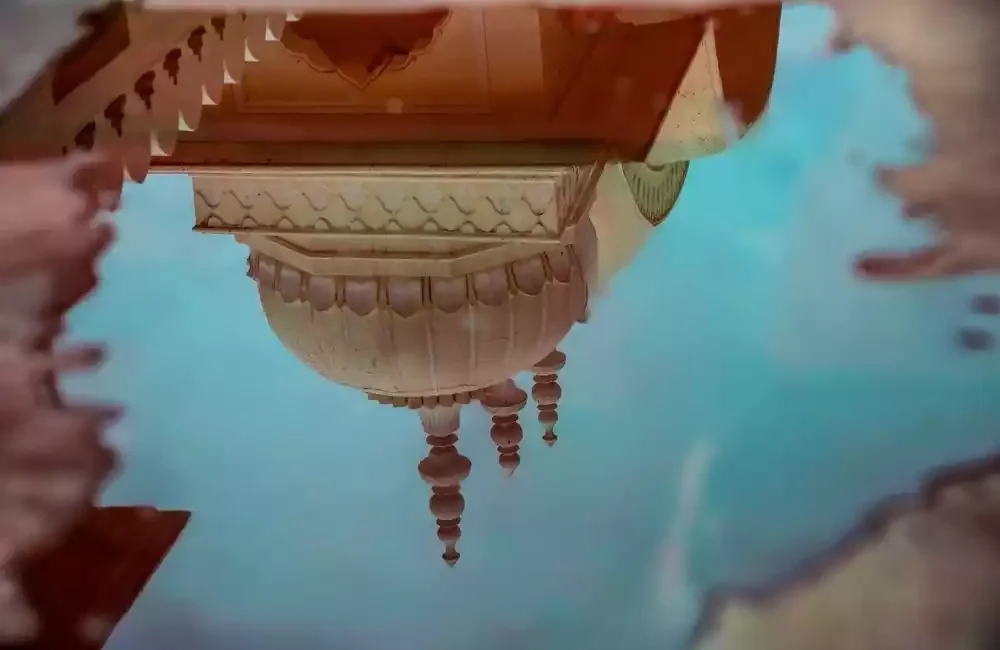Exploring Sawai Madhopur: A Comprehensive Guide
Introduction
Sawai Madhopur, a district in the state of Rajasthan, India, is a region rich in history, culture, and natural beauty. Known for its royal heritage and as the gateway to the famous Ranthambore National Park, Sawai Madhopur offers a diverse array of experiences for visitors. This guide provides an in-depth look into the district's various aspects, including its demography, geography, cultural heritage, culinary delights, historical significance, literary contributions, and administrative framework.
Demography
Sawai Madhopur is home to a population that is a blend of various ethnic and cultural groups. According to the latest census data, the district has a population of approximately 1.4 million people. The population density is around 200 persons per square kilometer, with a literacy rate of 66%. The major languages spoken here are Hindi and Rajasthani, reflecting the rich linguistic diversity of the region.
Geography
Location and Landscape
Sawai Madhopur is located in the southeastern part of Rajasthan, bordered by the districts of Jaipur to the north, Tonk to the west, Bundi to the south, and Karauli to the east. The district covers an area of about 10,527 square kilometers. The terrain is a mix of rugged hills and fertile plains, with the Aravalli and Vindhya mountain ranges providing a stunning backdrop.
Climate
The climate of Sawai Madhopur is typically tropical, characterized by hot summers, a monsoon season, and mild winters. The temperature in the summer can soar up to 45°C, while in the winter, it can drop to around 5°C. The monsoon season, from July to September, brings much-needed rainfall, supporting agriculture and replenishing water bodies.
Cultural Heritage
Festivals and Traditions
Sawai Madhopur is a melting pot of traditions and festivities. The most celebrated festivals include Diwali, Holi, and Ganesh Chaturthi. Unique to the region are the local fairs such as the Sawai Madhopur Utsav and the famous Kaila Devi Fair, which attract thousands of pilgrims and tourists.
Art and Craft
The district is renowned for its vibrant art and craft, particularly the traditional Rajasthani paintings, terracotta sculptures, and intricate silver jewelry. The craftsmanship reflects the region's rich cultural legacy and is a vital part of its identity.
Cuisine
Traditional Dishes
The cuisine of Sawai Madhopur is a delightful representation of Rajasthani flavors. Some of the traditional dishes include Dal Baati Churma, Gatte Ki Sabzi, Laal Maas (spicy mutton curry), and Ker Sangri. These dishes are often accompanied by Bajra Roti (millet bread) and fresh butter.
Street Food
Street food is also a significant part of the culinary landscape. Snacks like Kachori, Samosa, and Mirchi Vada are popular among locals and visitors alike. The sweet delicacies such as Ghevar, Rabri, and Jalebi are a must-try.
History
Foundation and Early History
Sawai Madhopur was founded in 1763 by Maharaja Sawai Madho Singh I of Jaipur, from whom it gets its name. The region has a rich history that dates back to ancient times, with numerous references in historical texts and folklore.
Historical Landmarks
The district is dotted with historical landmarks, the most notable being the Ranthambore Fort. This UNESCO World Heritage Site dates back to the 10th century and has witnessed numerous battles and sieges. Other significant sites include the Trinetra Ganesh Temple and the Chauth Mata Temple.
Literary Contributions
Poets and Authors
Sawai Madhopur has been home to several notable poets and authors who have contributed to Rajasthani literature. Their works often reflect the region's cultural and social milieu, preserving its heritage through the written word.
Administration
Governance Structure
Sawai Madhopur district is administered by a District Collector, who oversees various developmental and administrative functions. The district is divided into several tehsils, each managed by a Tehsildar. The local governance includes municipal bodies that handle urban management and development.
Developmental Initiatives
The district administration undertakes various initiatives to promote tourism, improve infrastructure, and enhance the quality of life for its residents. Projects focusing on education, healthcare, and rural development are given significant importance.
Ranthambore National Park
Wildlife and Conservation
One of the crown jewels of Sawai Madhopur is the Ranthambore National Park, a major wildlife sanctuary known for its population of Bengal tigers. The park covers an area of 1,334 square kilometers and is a haven for wildlife enthusiasts and photographers. Besides tigers, the park is home to leopards, deer, hyenas, and a variety of bird species.
Tourist Activities
Visitors to Ranthambore can indulge in safari tours, which offer a chance to see the majestic tigers in their natural habitat. The park also features several ancient ruins, including the Ranthambore Fort, which add a historical dimension to the wildlife experience.
Suggested Diagram
To visually represent the administrative structure of Sawai Madhopur, we suggest the following diagram in mermaid syntax:
Conclusion
Sawai Madhopur is a district that offers a unique blend of history, culture, and natural beauty. From the grandeur of the Ranthambore Fort to the thrill of spotting a tiger in Ranthambore National Park, the region promises a rich and diverse experience for all who visit. Whether you're a history buff, a nature lover, or a foodie, Sawai Madhopur has something to captivate your interests and leave you with unforgettable memories.
